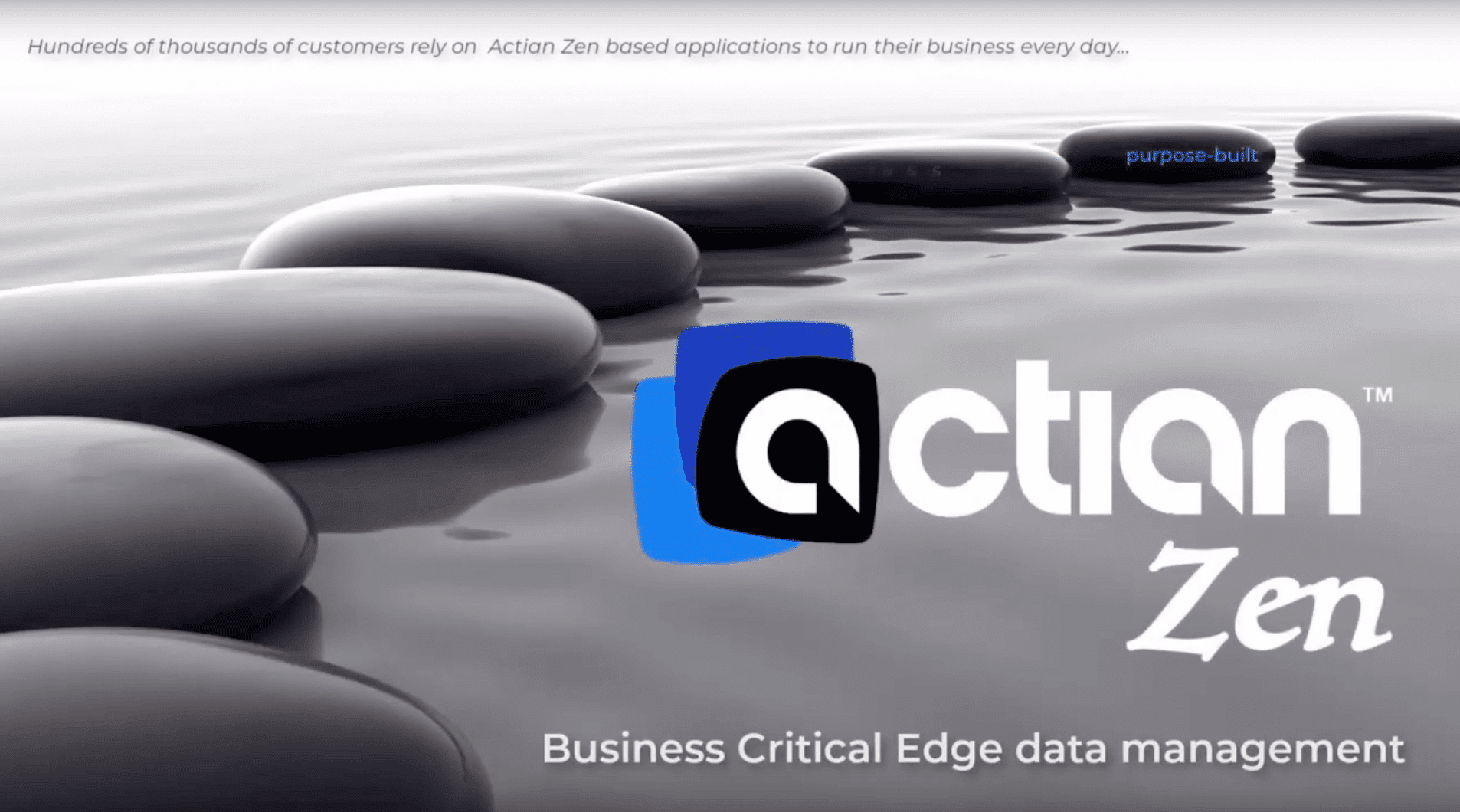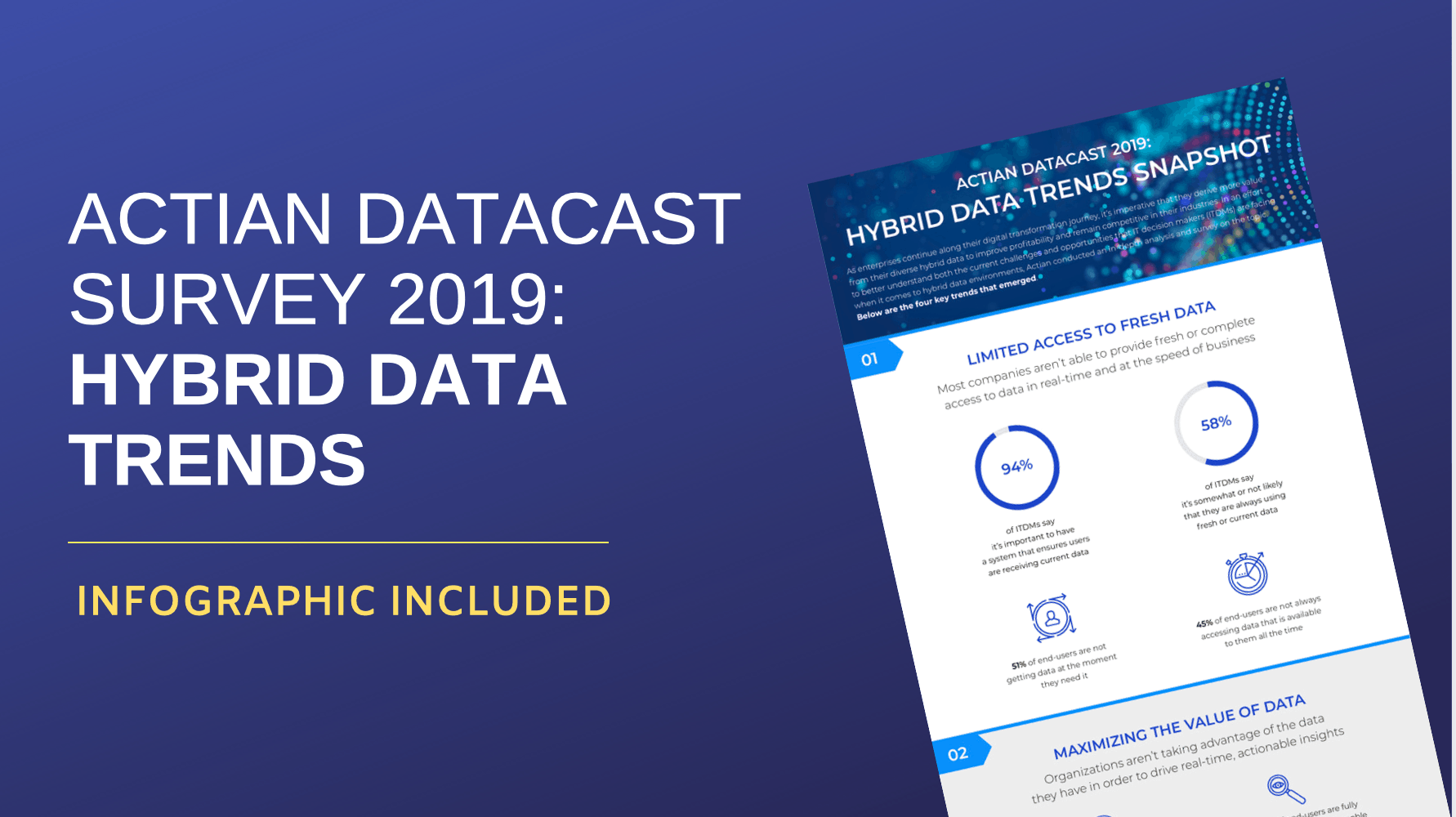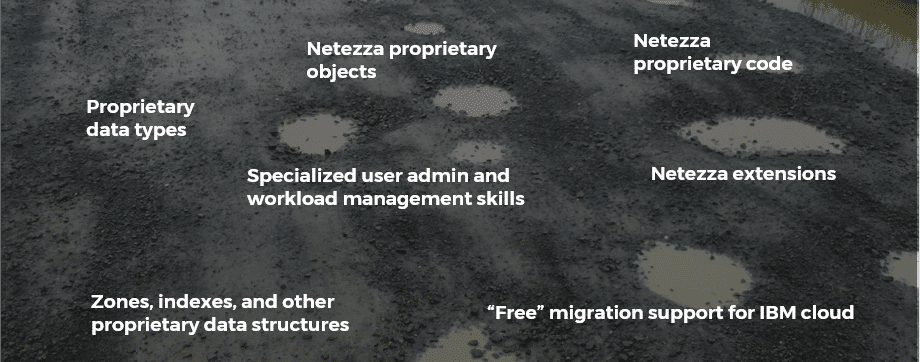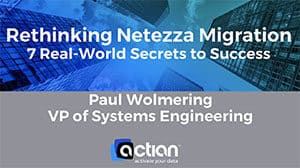How Data Integration Can Help Reduce Technical Debt
Actian Corporation
September 3, 2019

Whenever you create, install or implement a new process, system or tool in your IT environment, you generate technical debt that must be supported and maintained for the life of the component. The impact of a single connection may not seem significant but when you consider, however, the thousands (if not millions) of components, connections, applications, interfaces, and installations in your company’s end-to-end IT ecosystem, the technical debt that you must continuously service increases quickly.
With constant budgetary pressure from company leaders, reducing the connections debt load in your IT organization is essential to free up resources to drive innovation, to add new business capabilities and projects.
Simplification is the Key to Reducing Technical Debt
Some level of technical debt is a necessary and normal part of operating IT systems. You need tools and systems for your business processes to function and to enable your leaders to make informed decisions. Don’t think reducing your technical debt to zero is even a possibility.
If you achieve that goal, then your company is likely defunct. It is a good idea to understand technical debt, how it is created, what you must do to manage it and how you can make better solution decisions to limit the technical debt you must carry. Without delving further into technical debt theory, an important concept to understand is there is a cost to maintain each component or point-to-point connection in your IT environment. Reducing the complexity of your IT systems (simplification) also reduces your technical debt.
The Impact of Data Integration on Technical Debt
Most IT practitioners easily understand the concept of technical debt. IT asset management (ITAM) processes focus on cataloging and managing the objects in your environment and provide mechanisms for calculating and reporting on their total cost of ownership (TCO). ITAM, however, doesn’t do a good job of helping you understand what connections exist between components and how the web of connections and data integrations impact your company’s technical debt.
One service management expert who specializes in this area estimated data connections account for as much as 40% of the TCO of a typical company’s IT systems. This includes the cost of maintaining/updating connections, resolving incidents when data connections fail, addressing data security breaches related to unsecure connections and the cost of updating data connections when an IT system is replaced.
Companies need to consider an easy to use integration platform. Creating and maintaining point to point connections is expensive, time consuming and unsustainable. As connections increase, your technical debt also increases. Companies need a iPaaS platform that is easy to use, serve as a data integration platform and that allows you to design, deploy, maintain and monitor integrations quickly. This will deliver lower TCO by reducing technical complexity and technical debt.
Changing Your Data Integration Approach Can Reduce Technical Debt and Save Your Company Money
The cost of maintaining and operating data integrations is directly proportional to the number of your connections and whether they are managed in a central place or individual systems. Most IT environments and systems that have been operating for more than 10 years manage data integration by establishing point-to-point connections between components in the IT environment. Applications are connected to other applications to enable workflows. Applications are connected to databases to store and manage informations. Data warehouses are then connected to a bunch of source systems. In even small IT environments, you are likely managing a complex web of integrations, many of them redundant and with no capability for centralized management.
During the past few years, modern hybrid integration platforms, such as Actian DataConnect, have replaced this point-to-point integration approach. Actian DataConnect operates more like a data integration hub. All your IT systems are connected into the integration platform, which manages authentication, workflow and authorized access and provides the tools to optimize how data flows throughout your IT environment. DataConnect allows you to connect, collect, transform and syndicate/distribute data to other target systems or systems of engagement. Now, you have centralized management and are able to reduce the number of individual data integrations by as much as 70% compared to the legacy approach.
Do You Need to Update Your Current Data Connections?
Most organizations are using data integration platforms to transform their IT systems and transform their legacy application infrastructure; however, they are also carrying a technical debt load related to the legacy point-to-point connections between systems deployed years ago. Because data integration contributes such a high percentage to a company’s overall TCO of IT systems, and because moving to a modern integration platform can have a large impact on reducing these costs, for most organizations, there is a clear return on investment to justify upgrading legacy connections and not waiting for components to proportional.
In addition to cost savings, centrally managed data connections are more secure, can be updated more frequently, and provide data security audit capabilities unavailable from point-to-point connections. To learn more, visit DataConnect.
Subscribe to the Actian Blog
Subscribe to Actian’s blog to get data insights delivered right to you.
- Stay in the know – Get the latest in data analytics pushed directly to your inbox.
- Never miss a post – You’ll receive automatic email updates to let you know when new posts are live.
- It’s all up to you – Change your delivery preferences to suit your needs.
Subscribe
(i.e. sales@..., support@...)
















